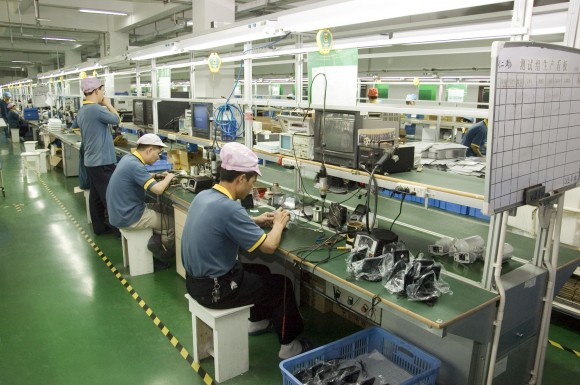For the workers’ compensation market, 2012 turned out to be a much better year than 2011, according to NCCI’s Chief Economist Harry Shuford. As the National Council on Compensation Insurance prepared for the release of its State of the Line report in May, Shuford shared a few thoughts with Insurance Journal‘s Andrea Wells on what’s driving change – both good and bad – in workers’ compensation today as well as what might be in store for the future of workers’ comp.
Workers’ comp premiums are up. What’s driving that growth and do you expect better times ahead?
Harry Shuford: We are seeing encouraging signs in the numbers. There seem to be two key drivers. One is economic growth; there are more people to be insured, which puts upward pressure on premium. But we are also seeing modest tightening in underwriting standards. It shows up in two ways. We are seeing that the departures from actual premium rates from filed rates are a bit smaller than they had been in the past. So it’s not that the industry is charging NCCI filed rates but they are a little bit closer to what we have filed. Also our filed rates are up very slightly. …The underwriting performance of the industry, while still not good, is not as bad as it has been over the last two to three years.
How will the Patient’s Protection and Affordable Care Act impact workers’ comp?
Shuford: Right now anything that we talk about is speculation. It’s speculation for two reasons: first of all it’s not actually clear yet what this thing is going to look like once it’s largely implemented. … The most significant implications, at least in my mind, (will be the) change in the way providers are compensated, moving from the fee-for-service to something that is more focused on outcomes, pay-for-performance. … If successful that should do some things to reduce the rate of increase in cost and that will undoubtedly get adopted by workers’ comp.
What role do you see physician dispensed drugs and the rising cost of opioids playing in the workers comp system?
Shuford: These are my personal comments, but my sense is that in terms of physician dispensed drugs or repackaged drugs, the total cost is relatively small. But the fact that it allows certain providers to “game” the workers comp system really undermines the integrity of the system. While the direct costs are certainly of concern, I think that if left unchecked it could become a destabilizing element in the workers comp system and that’s an even greater concern. It needs to be addressed. …
With respect to opioids, there’s a different kind of concern there. The direct cost of opioids is relatively small. … The direct cost of opioids is about 2 percent of total workers’ comp benefits (medical and indemnity claim costs, combined). That’s a crude number but it’s relatively small. But that’s not the real concern. The real concern is what does it do to the patient and their family? It’s not the direct cost of the opioid; it’s the fact that when it leads to abuse it leads to an enormous range of complications which drives up the overall cost of the claim.
What other areas does the NCCI believe might challenge the workers’ comp line?
Shuford: The residual market in workers’ comp remains quite small but it is growing. And it seems like more of that growth is coming from areas that historically have been deemed lower risk. It’s coming from lower hazard groups. …
The other source of concern over the longer term, the next three to four years, is what’s happening in financial markets. … We are concerned we are going to see downward pressure on investment income over the next two to three years in the insurance industry, particularly if the Federal Reserve has to continue this aggressive monetary policy because of the slow recovery.
As you prepare to release the NCCI annual State of the Line report, are you anticipating better overall results for the workers’ comp line for 2012 compared to 2011?
Shuford: Oh yes, this year does seem to be better than the year before. I was looking at last year’s State of the Line and I noticed that for the last three years the operating gain, which basically measures the overall profitability in workers’ compensation, has basically been zero for three years in a row. Basically investment income has been just sufficient enough to cover underwriting losses and there was nothing left over. This year our primarily numbers show there is some positive return due primarily from the improvement in underwriting results. The combined ratio and the loss ratio are down but the investment results are relatively unchanged, which means that you move from a zero to a modest positive number … and that’s all due to improvement in underwriting results.
Topics Workers' Compensation
Was this article valuable?
Here are more articles you may enjoy.



 Zurich to Buy AIG’s Travel Insurance Business for $600 Million
Zurich to Buy AIG’s Travel Insurance Business for $600 Million  QBE to Non-Renew $500M of North American Mid-Market Biz
QBE to Non-Renew $500M of North American Mid-Market Biz  Supreme Court Overturns Chevron Rule in Blow to Regulators
Supreme Court Overturns Chevron Rule in Blow to Regulators  Allstate, Nationwide Post Dramatic Q12024 Homeowners Loss Ratio Drops: S&P
Allstate, Nationwide Post Dramatic Q12024 Homeowners Loss Ratio Drops: S&P 


